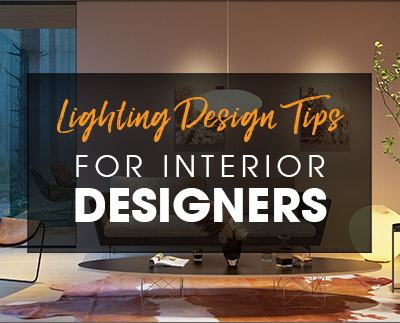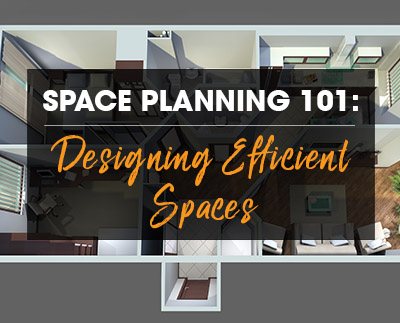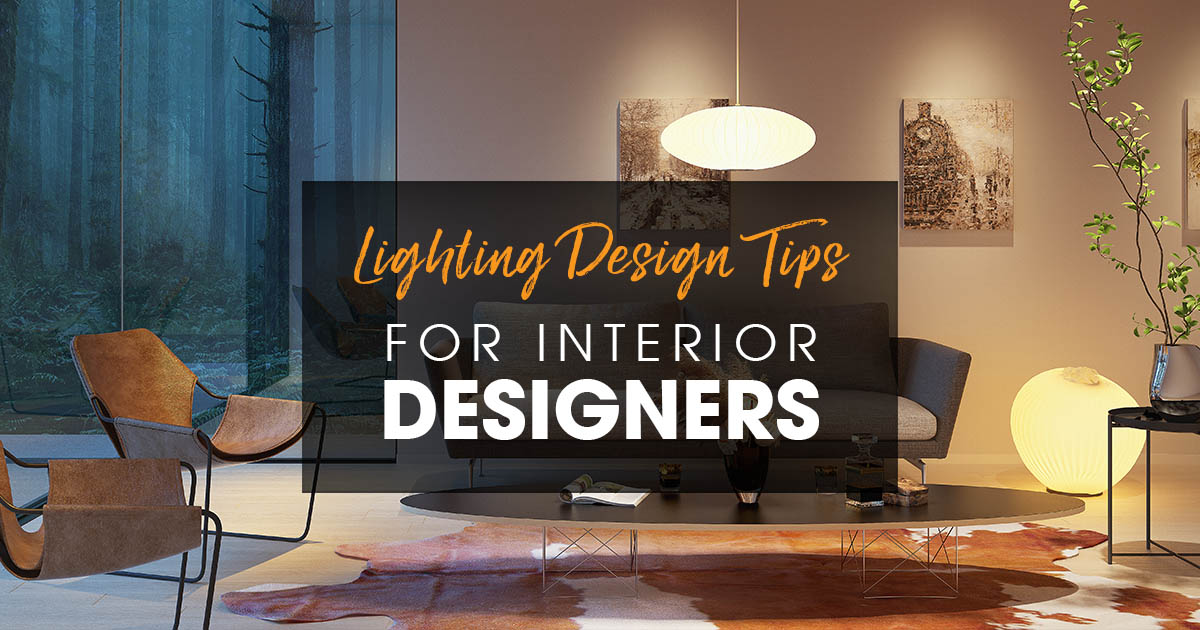
Lighting is everything when it comes to interior design.
It plays a big role in how your client perceives and experiences a space. The placement, intensity, and color will all contribute to a well-balanced design.
Lighting design is not only limited to artificial light, however. Natural light should be taken advantage of whenever possible, even if there isn’t much to work with.
Incorporating different types of lighting in your designs will enable you to create enjoyable spaces for your clients. Here are lighting design tips and techniques that will help guide you in your light planning journey.
Subscribe to 2020 Blog
Kitchen lighting
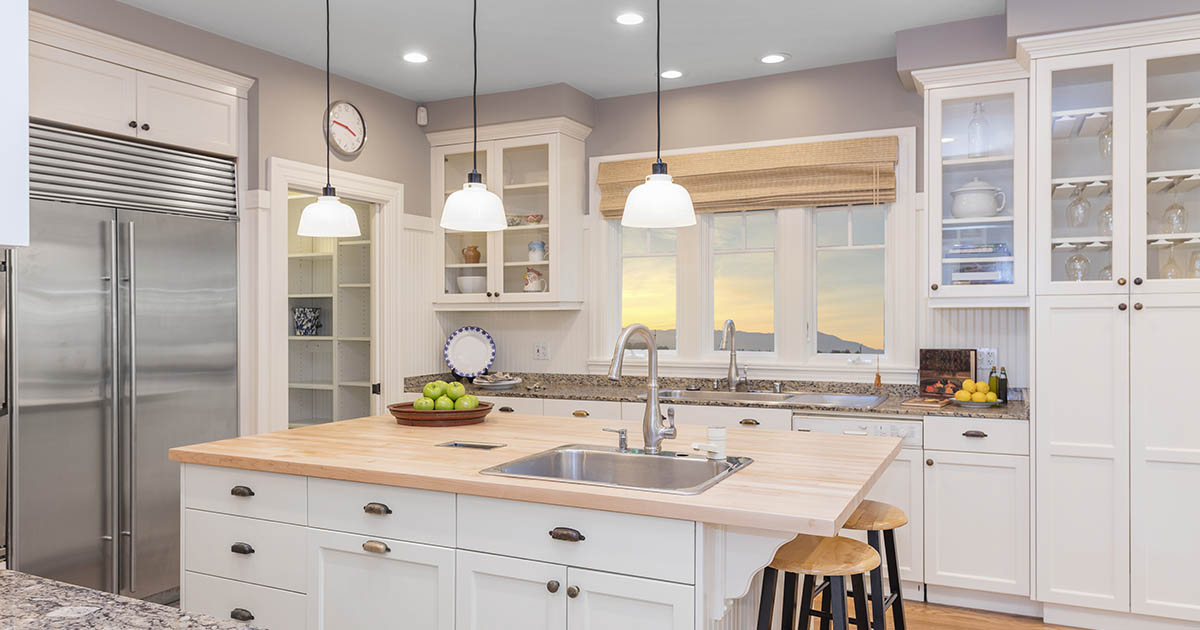
Having adequate lighting in a kitchen is a must.
If your client has a kitchen island, opt for task lighting – for example pendant lights – to make cutting and preparing food easier. You can also install undercabinet lighting for the same purpose, but make sure you choose either a diffused light source to avoid reflected glare on shiny countertops, or LED lighting for matte surfaces.
Another lighting design tip for kitchens is to incorporate recessed ceiling lights. Some examples of recessed lights that work in a kitchen are ones placed on either side of a rangehood to frame the focal point of the room, or above open kitchen shelving.
A rule of thumb when it comes to recessed lights in any space is to install one for every 4-6 square feet of ceiling space. Also, make sure you install dimmers for recessed lights (or any light for that matter) so your client can adjust the luminosity as desired.
Dining room lighting
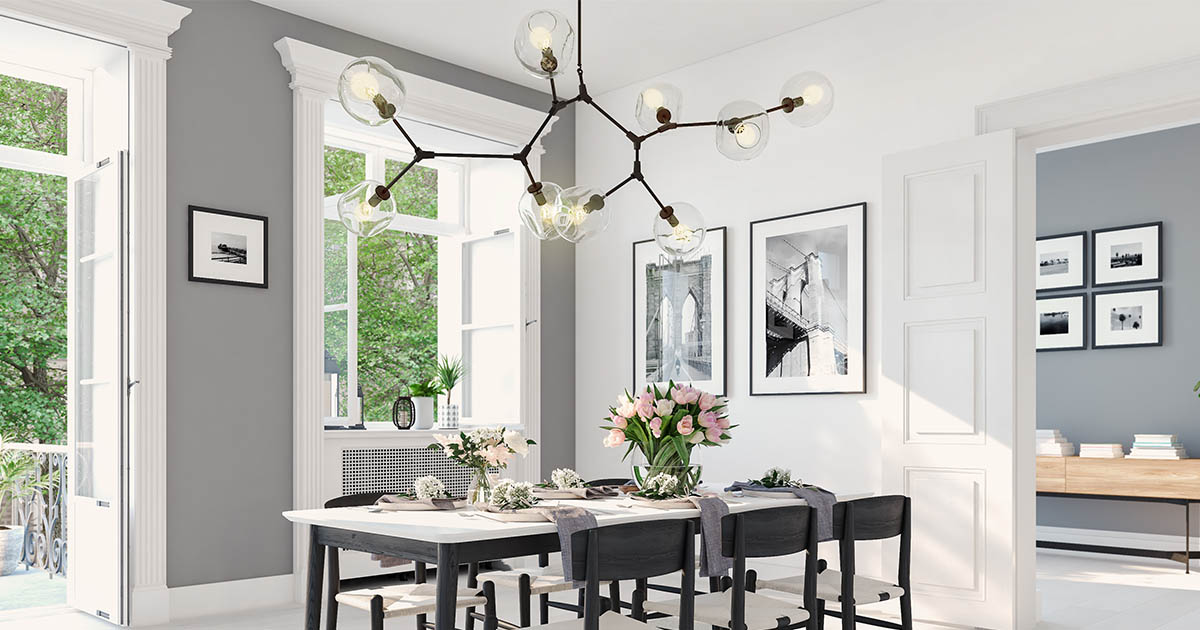
A dining room or dining area is where your client’s family and guests will sit down for meals.
As the designer of the space, you’ll have to ensure it is as welcoming as possible, and the best way to achieve that is to install a statement light above the dining table.
A chandelier or pendant light(s) will do the trick, but do not limit the lighting to just that. Layered lighting in any room works best, and the dining area is no different.
Wall sconces, track lighting and recessed lights work well in dining areas to provide extra lighting, so do not hesitate to include those in your lighting design.
Bathroom lighting
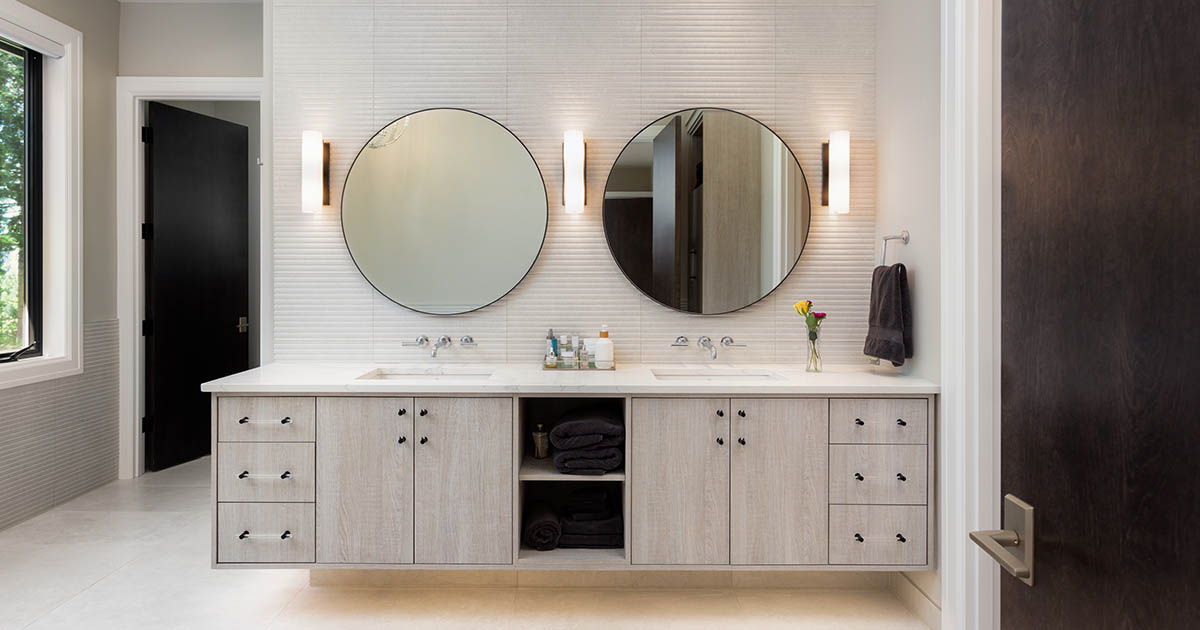
Proper lighting makes all the difference in a bathroom.
The bathroom is probably where your clients get ready in the morning. They groom themselves in the bathroom, which is why there should be adequate lighting to assist them in their daily routines.
One of the worst things you can do in a bathroom is install a light source above the vanity mirror. This will result in unwanted shadows and awkward glare on your clients’ faces, which is undesirable to say the least. Placing sconces at eye level on either side of a mirror is the correct way to light up the vanity area.
Other great lighting design tips for the bathroom are accent lighting above the tub to give the area a warm and calming glow, toekick lighting underneath the base cabinets to provide illumination at night, and if there is no space for sconces on their side of the vanity mirror, you can install backlights behind the mirror.
Living room lighting
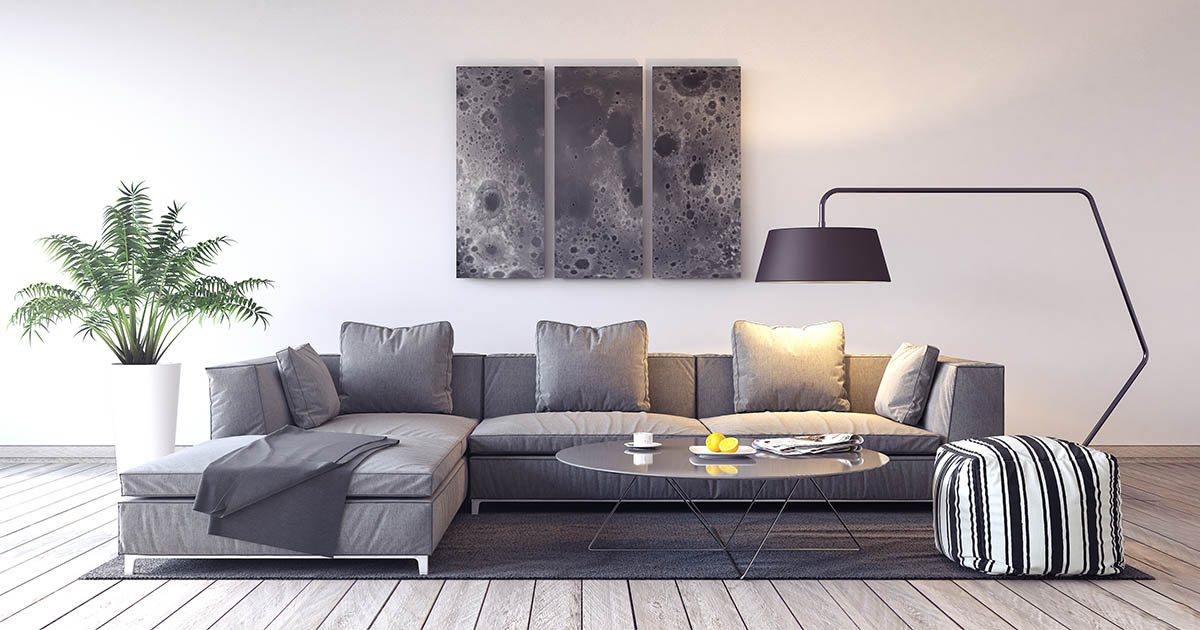
Unlike other rooms in the house, the living room can serve many different purposes.
A living room can be used to watch TV, read, play board games, do homework, entertain guests. You need to make sure you ask your clients what they use the space for in order to plan for lighting.
Task lighting such as an arched lamp behind the couch or armchair is useful if your clients read in their living room. Accent lighting is also a good idea if your clients have art or a plant they’d like to display.
If you’re planning on installing an overhead fixture or recessed lighting, it’s vital that they be dimmable to suit different activities.
Bedroom lighting
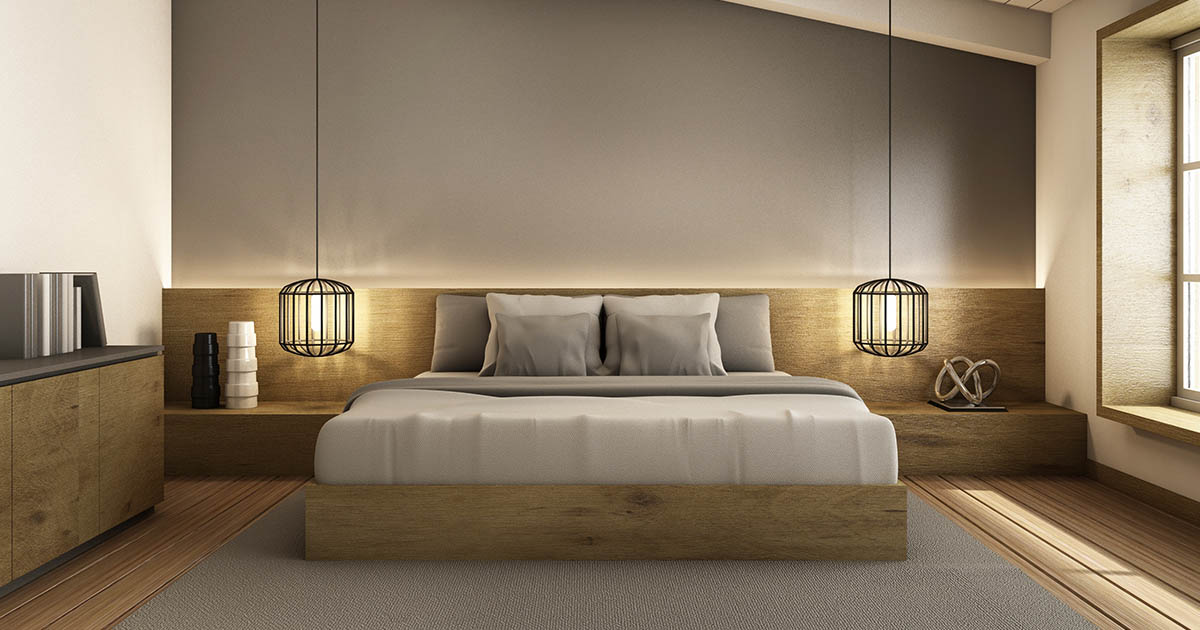
The best lighting design tip for bedrooms is that you are not restricted to just one ceiling light fixture.
There are a variety of bedroom lighting options that can create a warm, relaxing and inviting atmosphere for your client. For example, instead of a ceiling light fixture, you can opt for low-hanging pendant lights or sconces on either side of the bed.
You don’t need to eliminate the ceiling light completely, though. You can complement a beautiful ceiling light fixture with a pair of table lamps on each nightstand. Light symmetry works wonders in a bedroom.
Design software
Professional interior design software often come equipped with advanced lighting options to make your 3D designs look as realistic as possible. Proper lighting in a design will make it much easier for you to convey your vision to your client.
2020 Design even has a slew of decorative lights you can add to your designs to bring them to life. Simply type “light” in the search bar to access these items.
Discover more content
[WEBINAR] Light Up Your Designs
Discover best practices in lighting, helpful tips about lighting products and countless techniques to make your designs sparkle.
Related Posts
Share this Post

